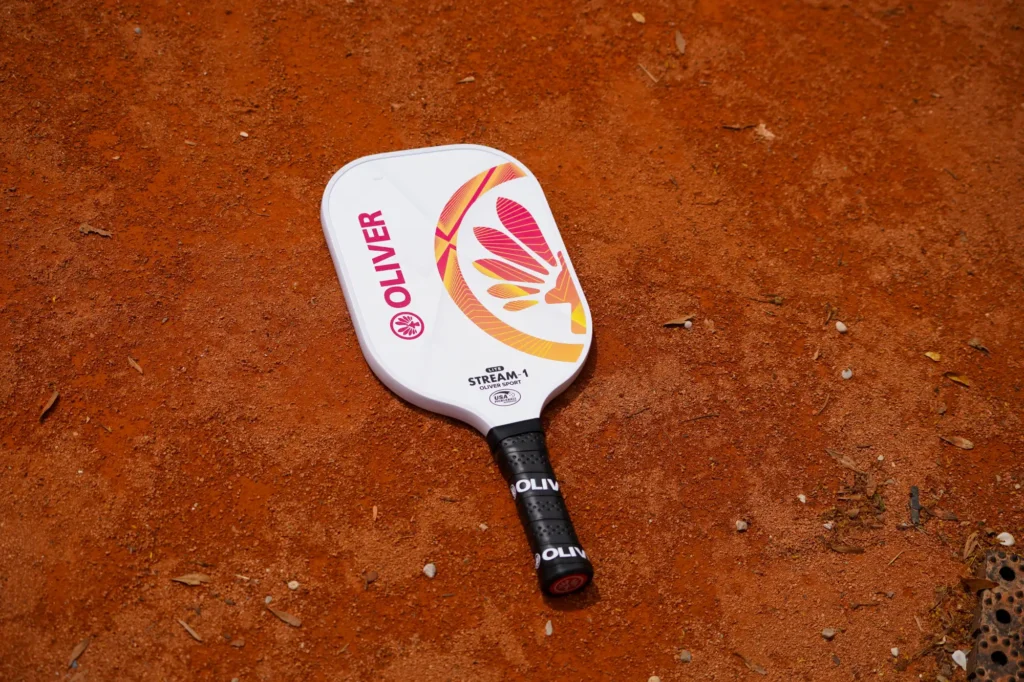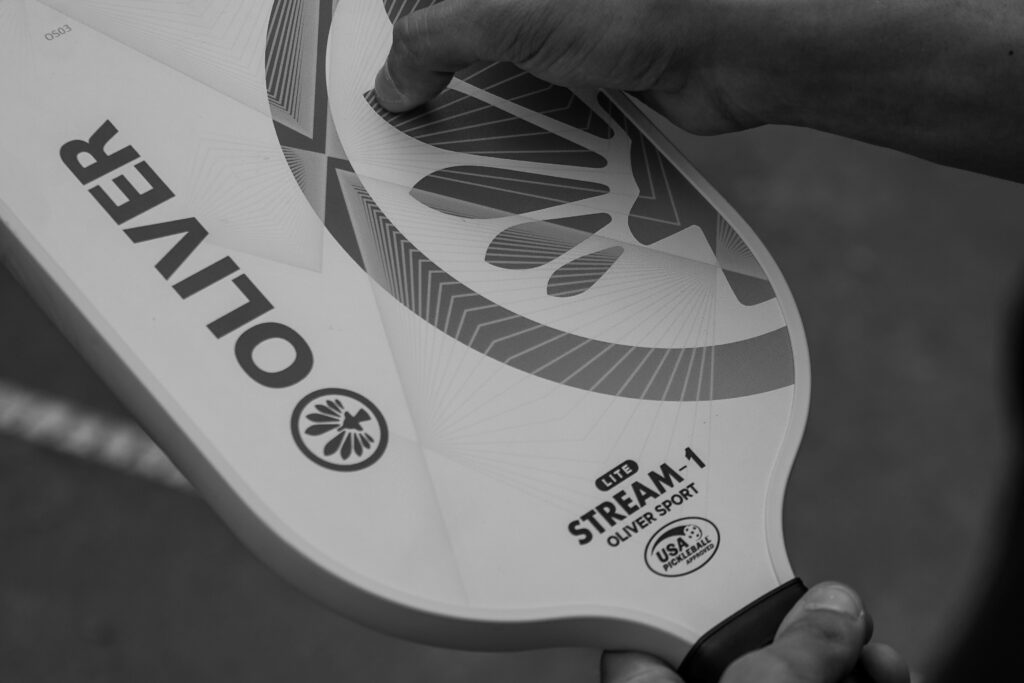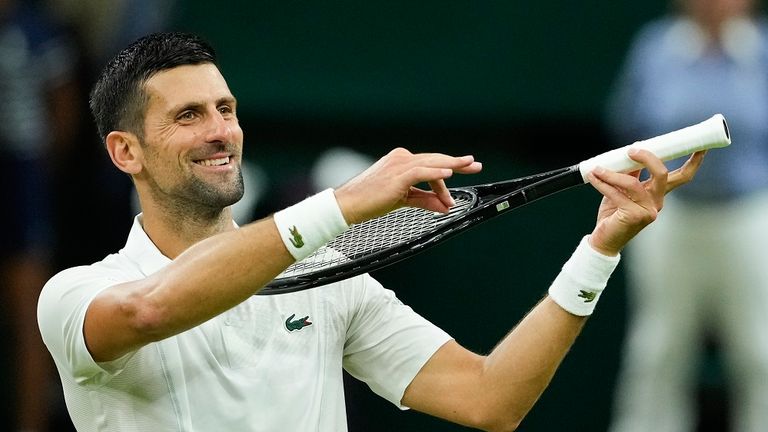Pickleball is a fast-paced and exciting sport that combines elements of tennis, badminton, and ping-pong. One of the unique aspects of pickleball is its scoring system, which can be a bit confusing for newcomers. In this guide, we will break down the rules and nuances of pickleball scoring, so you can hit the court with confidence.
Basic Scoring Rules
Pickleball games can be played as singles (one player per side) or doubles (two players per side). The scoring system remains the same for both formats, with a few key points to remember:
Points are Only Scored by the Serving Team: Unlike tennis, only the serving team can score points. If the receiving team wins a rally, they do not gain a point but instead gain the serve.
Games are Typically Played to 11 Points: Standard games are played to 11 points, and a team must win by at least 2 points. In tournaments, games might be played to 15 or 21 points, still requiring a 2-point margin to win.
Rally Scoring: Points are scored after every rally (i.e., each time the ball is served and played until it stops).
Doubles Scoring
In doubles play, the scoring involves a few additional rules:
Two Serves per Side: Each team gets two serves before the serve switches to the opposing team. The exception is the very first serve of the game, where the serving team starts with only one serve (known as the „starting server“ rule).
Service Sequence: At the start of the game, the serving team only has one player serve (the „starting server“ rule). After the first fault, the serve moves to the opposing team. After that, each team gets two serves.
Calling the Score: The server must call the score before each serve, stating three numbers: their team’s score, the opposing team’s score, and whether they are the first or second server (e.g., „3-2-1“ if the server’s team has 3 points, the opponents have 2, and the server is the first server).
Example of Doubles Scoring Sequence
Team A starts serving.
Server 1 serves until they commit a fault (fails to return the ball correctly).
The serve then moves to Server 2 of Team A.
If Server 2 also commits a fault, the serve moves to Team B.
Team B then has both of its players serve in sequence.
Server 1 of Team B serves until a fault.
The serve moves to Server 2 of Team B.
After a fault by Server 2, the serve returns to Team A.
This sequence continues throughout the game.
Singles Scoring
Singles scoring is simpler than doubles because there is no need to track a second server:
Only One Serve: Each player serves and continues to serve until they commit a fault.
Score Calling: The server calls out their score first, followed by the opponent’s score (e.g., „5-3“ if the server has 5 points and the opponent has 3 points).
Faults and Serving
A fault in pickleball can occur due to several reasons:
The ball is hit into the net.
The ball lands out of bounds.
The ball is volleyed from the non-volley zone (the „kitchen“).
A serve does not land in the correct service court.
When a fault occurs, the serving team loses their serve or server, and the serve moves to the opposing team or the second server on the same team.
Conclusion
Understanding the scoring system in pickleball is crucial for enjoying the game and playing effectively. While it might seem complex at first, with a bit of practice and experience, calling and keeping score will become second nature. Whether you’re playing singles or doubles, the key is to remember that only the serving team can score points, and to communicate the score clearly before each serve. Happy playing!





